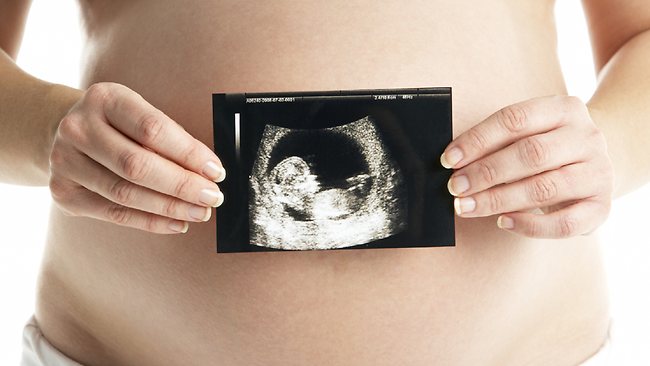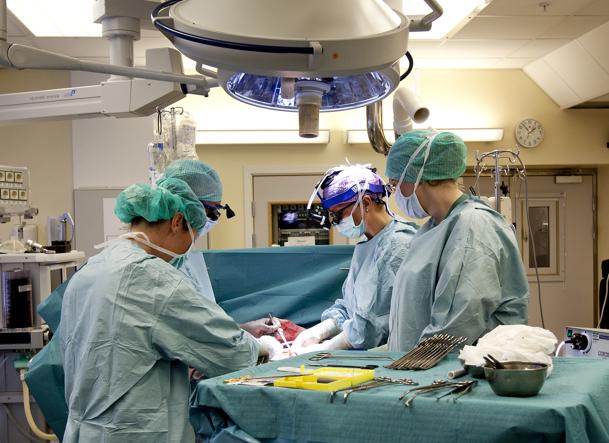These Doctors Just Performed A God-Like Task. The End Result May Give 9 Women A New Life.
"It could lead to [the women] having a child, but there are no guarantees. What is certain is that they are making a contribution to science."
A team of doctors in Sweden has successfully transplanted wombs into nine women, who will try and make medical history by becoming pregnant
The women were born without a uterus or had it removed because of cervical cancer.
Most are in their 30s and are part of the first major experiment to test whether it's possible to transplant wombs into women so they can give birth to their own children.
There have been two previous attempts to transplant a womb — in Turkey and Saudi Arabia — but both failed to produce babies
Scientists in Britain, Hungary and elsewhere are also planning similar operations but the efforts in Sweden are the most advanced.
In this April 4, 2012 photo made available by the University of Goteborg in Sweden, the Swedish research team practices before the operations to transplant wombs at the Sahlgrenska Hospital in Goteborg, Sweden.
Image via o0bc.comLife-saving transplants of organs such as hearts, livers and kidneys have been done for decades and doctors are increasingly transplanting hands, faces and other body parts to improve patients' quality of life.
Womb transplants — the first ones intended to be temporary, just to allow childbearing — push that frontier even farther and raise some new concerns.
boston.comDoctors said the nine womb recipients are doing well
Many had had periods six weeks after the transplants, an early sign that the wombs were healthy and functioning.
One woman had an infection in her newly received uterus and others had some minor rejection episodes, but none of the recipients or donors needed intensive care after the surgery. All left the hospital within days.
None of the women who donated or received wombs has been identified. The transplants began in September 2012 and the donors include mothers and other female relatives of the recipients.
The team had initially planned to do 10 transplants, but one woman could not proceed for medical reasons, the university spokesman Krister Svahn said.
The transplant operations did not connect any of the women's uteruses to their fallopian tubes, so they are unable to get pregnant naturally. But all of them have their own ovaries and can make eggs.
Before the operation, they had some removed to create embryos through in-vitro fertilisation. The embryos were then frozen and doctors plan to transfer them into the new wombs, allowing the women to carry their own biological children.
All nine women will need to take anti-rejection medicines, which could potentially have a detrimental effect on a growing foetus
After a maximum of two pregnancies, the wombs will be removed so the women can stop taking the anti-rejection drugs, which can cause high blood pressure, swelling and diabetes and may also raise the risk of some types of cancer.



